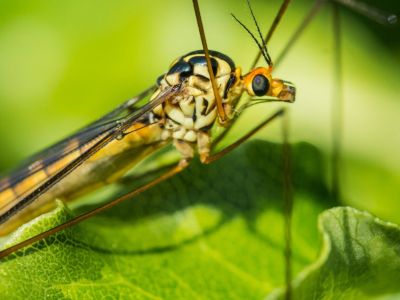Leatherjacket Pests in Your Lawn
Exactly what are leatherjacket insects? Leatherjacket pests aren’t actually insects. The grub-like pests are the larval stage of daddy long legs, also known as leatherjacket crane flies – those big, mosquito-like bugs that fly around your porch light in late summer. Leatherjacket pests, which live in the soil, can definitely do their share of harm when they eat the roots and the base of plants. Adult leatherjacket crane flies lay their eggs in the grass in late summer. The eggs hatch two or three weeks later, and the greyish-brown, tube-shaped larvae immediately begin feeding on plant roots. Leatherjacket pests overwinter in the soil and generally don’t do significant damage until late spring or early summer (or maybe a little earlier if winters are mild). The full grown larvae soon pupate in the soil, and you may see the empty cases sticking out of the soil surface.
Leatherjacket Grub Control
Controlling leatherjacket larvae in your lawn isn’t always necessary. If you’re lucky, leatherjackets may be snatched up by hungry crows, magpies, or robins (or even cats). However, the downside is that birds may do their own share of lawn damage by pecking at the soil in search of the juicy grubs. If the infestation is severe, you may need to turn to biological, organic, or even chemical means of controlling leatherjacket larvae in your lawn.
Biological control – A beneficial nematode by the unwieldy name of Steinememe feltiae is an effective means of leatherjacket grub control. When the tiny nematodes, commonly known as eelworms, enter the bodies of leatherjacket larvae, they infect them with a deadly bacterial disease. The nematodes, which are available at garden centers by a number of more pronounceable product names, are generally applied as a preventive measure in autumn. Organic control – Water the area well (or wait for a good rain) and cover the affected area with black plastic. Leave the plastic overnight and then remove it, along with the attached grubs, in the morning (Pull the plastic up slowly or the grubs may escape back into the soil.). It’s an unpleasant job, but removing the grubs in this manner is very effective. Chemical control – Chemicals generally aren’t recommended and are best applied by a pest control professional, and only as a last resort. However, you may find helpful products at your local garden center.
